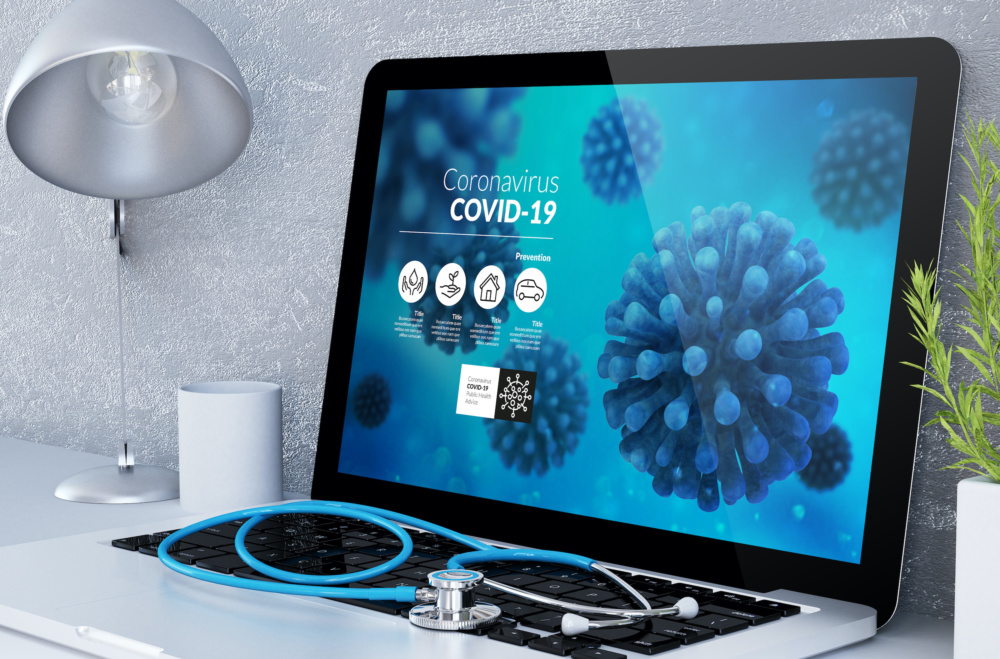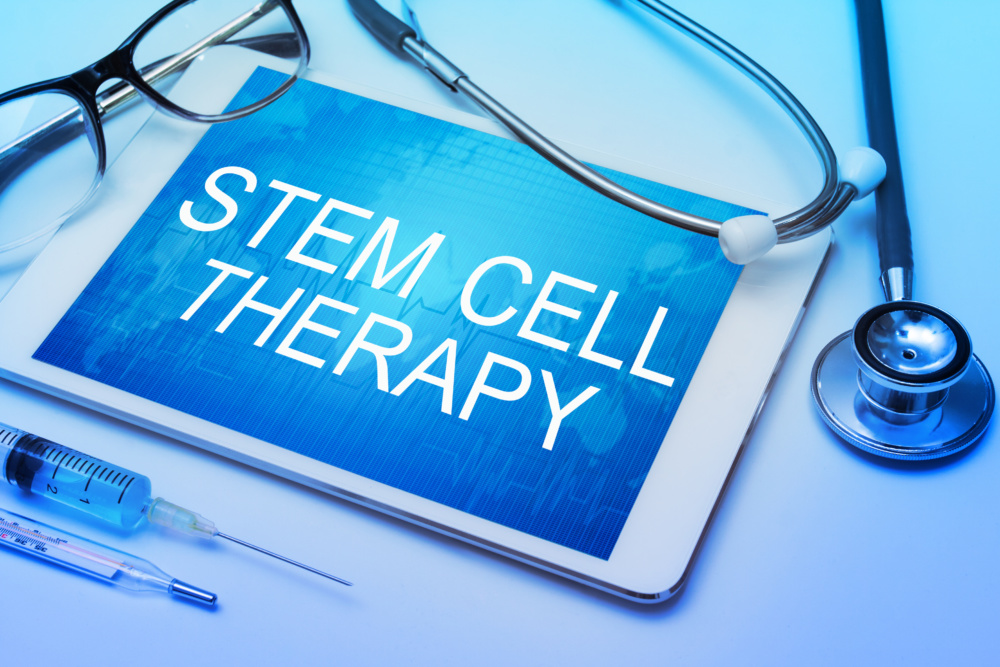Advances in The Treatment of Migraines
by Jorge E. Mendizabal, MD
The severe throbbing head pain combined with the debilitating nausea and extreme sensitivity to light and sound are a few of the symptoms of a migraine headache. There is a sense of hopelessness in the face of a draining , yet silent illness. Today, 38 million Americans are affected by migraine headaches.
Migraines remain the most common neurological disorder in the general population. In a Neurology Practice, migraines are more common than all cases of multiple sclerosis, Alzheimer’s disease and Parkinson’s combined!
Although not considered a deadly disease, migraines remain the third leading cause of transient disability in adults younger than 50. Migraines attack individuals in the prime of their lives and it is a common cause of lost productivity. It is not just loss of productivity at work; migraineurs miss out on life as well.
Despite these statistics, for many years, migraines remained relegated from the advances of modern medicine. New developments in the understanding of the biology of this illness led to the development of triptans in the late 1980s and early 1990s. These group of drugs were fine tuned in the lab for the relief of acute migraines. Nearly 30 years later, triptans remain the most important advance in the field of migraine therapeutics at the turn of the century.
Besides medication, avoidance of common triggers (certain foods, drinks, caffeine, sleep pattern disruption, stress, barometric pressure changes) and regular exercise remain just as important in reducing the burden of migraines.
Most individuals suffering from migraines experience episodic headache attacks. In a smaller proportion of patients, nevertheless, migraines can occur more frequently. Approximately 3.2 million Americans suffer from chronic migraines. This is defined as migraine attacks that occur more than fifteen days per month for a minimum of three consecutive months.
Chronic migraines can be even more devastating. It is extremely debilitating and it impacts the ability of an individual to live a regular life.
Preventative or prophylactic medications are used to reduce the number of headache days and its severity. When properly used, prophylactic drugs can restore the quality of life in individuals affected by chronic migraines.
Until recently, physicians prescribing drugs for migraine prevention had to rely on agents which were originally designed with other indications in mind (anti-hypertensive medications, anti-convulsants, anti-depressants, etc.). Several of these agents were thoroughly studied in control trials and they are indeed effective in reducing the burden of chronic migraines. Based on this, medications like propranolol (Inderal ®), divalproex (Depakote®) or topiramate (Topamax®) received endorsement by the FDA for the prophylaxis of migraines. Despite their effectiveness, some of these drugs can prove difficult to use and the physician must be aware of their potential side effects before prescribing them.
The first decade of this century saw the development of a powerful agent for the prevention of migraine: Onabotulinum toxin (Botox®). A fortuitous observation of a clear reduction of migraine attacks in patients receiving this medication for cosmetic purposes led to the clinical trials eventually resulting in an FDA indication of Botox® for the management of chronic migraines in October of 2010.
We now have a better understanding of the complex chemical cascade resulting in a migraine attack. A series of biochemical events results in the establishment of sterile inflammation of the blood vessels surrounding the brain. This inflammation results in the activation of nerve terminals surrounding these blood vessels which in turn transmit this information to the sensory cortex. The result is a full-blown migraine attack with all of its associated symptoms.
Attempts to modulate these pain signals before they reach the sensory cortex have led to the concept known as “neuromodulation”. External electronic devices are now available to abort a migraine attack and to reduce its frequency. They include transcutaneous electrical stimulators, transcranial magnetic stimulators and external vagus nerve stimulators. Although effective, these devices have experienced limited clinical utilization and are still considered experimental by most insurance carriers.
A chemical known as calcitonin-gene related peptide (CGRP) is an important mediator in the complex series of events leading to a migraine attack. Initial attempts to design drugs that block CGRP were not successful and these agents proved to exhibit liver toxicity in humans.
In the early 2000s, the development of monoclonal antibodies (MAB) revolutionized the treatment of certain autoimmune illnesses like rheumatoid arthritis, psoriasis and multiple sclerosis. For the first time, scientists had the ability to design specific antibodies targeting key steps in the development of diseases. Following this model, a group of MABs were designed to target CGRP or its receptor in the nerve terminals of the migraine brain. This is the first time a drug has been specifically tailored to prevent migraines. The results of the clinical trials have unequivocally demonstrated these agents are effective in the prevention of migraines and reduced its burden. With the FDA approval of erenumab in May of 2018 and the upcoming release of fremanezumab and galcanezumab , a new era begins in the management of migraine headaches.
In 2018, migraines should no longer be considered “just another headache”. Science has given us the tools to bring relief to the person affected by this debilitating illness and to restore their function as a productive member of society.







Recent Comments